Introduction to Open Tracking
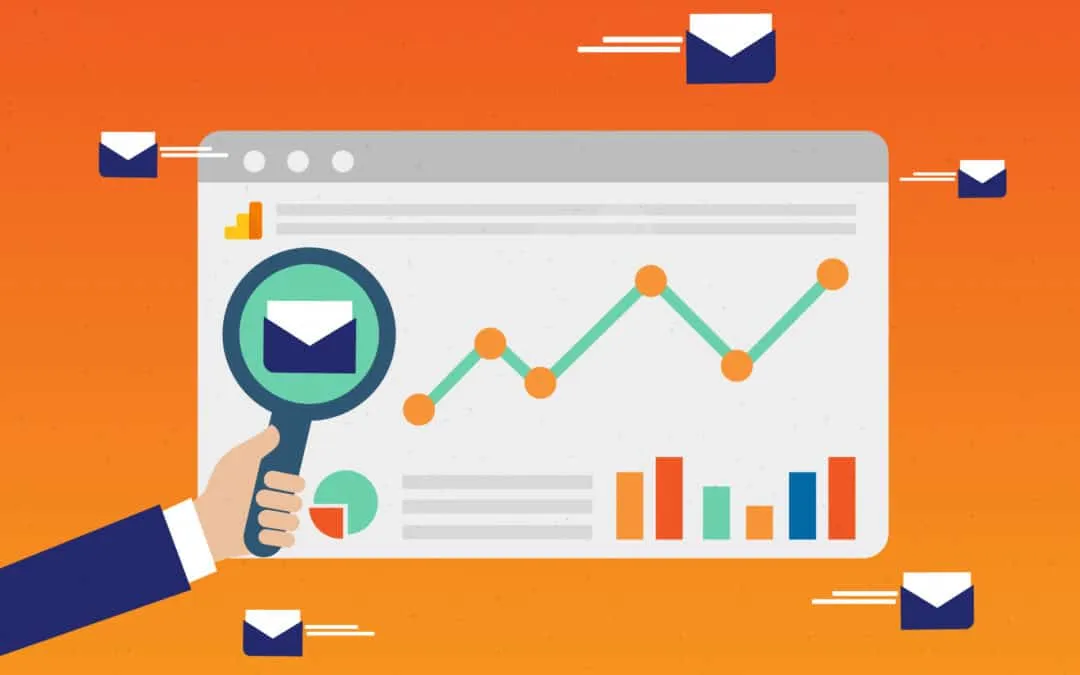
What Is Open Tracking
Open tracking is the process of detecting and recording when an email is opened by its recipient. It provides valuable insights into the effectiveness of email marketing campaigns, allowing marketers to measure interest levels and engagement rates.
By analyzing open tracking data, marketers can refine their strategies, targeting their audiences more effectively and improving the overall impact of their communications.
Importance of Open Tracking in an Email
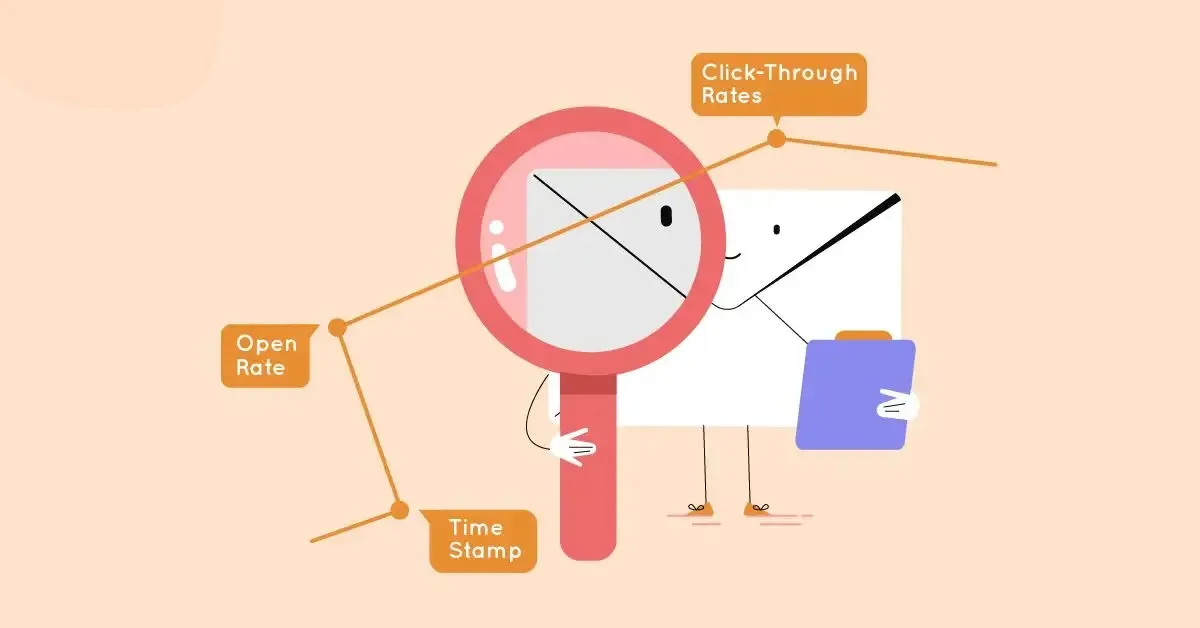
Sending an email is about building a relationship with your audience based on relevance and timing.
Audience Segmentation: Open tracking allows for detailed segmentation, enabling marketers to create their messages to groups showing different levels of engagement.
- Tailored messages can significantly increase the click-through rate, sometimes by as much as 50% for segmented email campaigns.
Timing Optimization: Identifying optimal send times can boost open rates.
- Analyzing open times can help determine when your audience is most likely to engage with your content, potentially increasing open rates by up to 10%.
Improved Email Content Relevance: Identifying types of content that works with your audience
- This understanding allows for the refinement of future emails to align more closely with audience interests, potentially increasing engagement rates.
- For instance, if an email about a new product launch has a higher open rate compared to a general newsletter, it signals a stronger interest in product news. Marketers can then prioritize product updates in their email strategy.
How Open Tracking Works
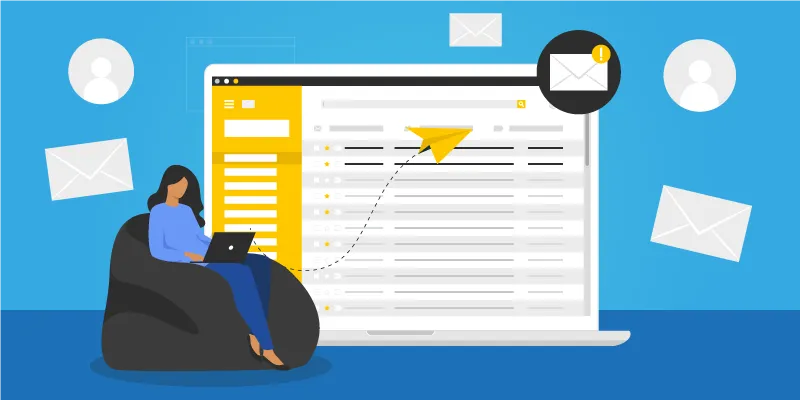
Open email tracking is a technology used to determine if and when an email has been opened by the recipient. It's a common feature in email marketing tools and services, providing valuable feedback to senders about the effectiveness of their communications.
Here's a look at how it works and the mechanics behind email open tracker tools:
1. Tracking Pixels
The most common method of open tracking involves embedding a tiny, invisible image (often called a "tracking pixel" or "web beacon") in the email. This image is hosted on a server, and when the email is opened, the email client requests the image from the server.
This request is logged, and information such as the time the email was opened, the IP address of the device, the type of email client, and sometimes the device type can be captured.
2. Unique Identifier
Each tracking pixel is tied to a unique URL, which often includes a unique identifier specific to each email sent.
This ensures that when the image is requested, the server can accurately log which specific email (and consequently, which recipient) triggered the request.
3. Server Logging
When the recipient's email client fetches the tracking pixel, the server hosting the pixel logs details of the HTTP request.
This data typically includes the date and time of the request, the IP address from which the request was made, the type of device and browser (or email client) used, and the specific email that was opened (via the unique identifier).
4. Analysis and Reporting
The data captured by the server is then analyzed and compiled into reports for the sender. These reports can provide insights such as open rates, geographical location of recipients, times when emails are most likely to be opened, and more.
This information is invaluable for marketers seeking to optimize their email campaigns.
How to Enable Open Tracking for Your Email Campaigns

Enabling Open Tracking
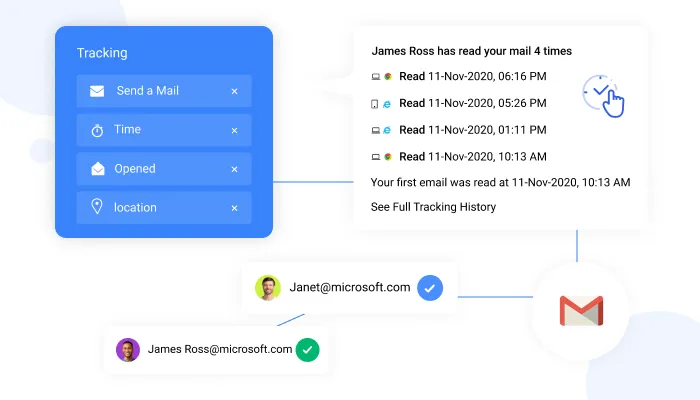
1. Choose an Email Tracking Software
First, select an email tracking tool or software that supports open tracking. Popular options include Mailchimp, HubSpot, and Pipedrive, known for their comprehensive email tracking features.
2. Set Up Your Campaign
Within your chosen platform, create your email campaign. Most email tracking tools offer a user-friendly interface to design your emails.
3. Enable Open Tracking Feature
Look for an option to enable open tracking in the campaign settings. This usually involves simply ticking a checkbox to activate the tracking pixel in your emails.
4. Configure Settings
Some platforms allow customization of open tracking settings, such as tracking opens on a per-email basis or setting up notifications for when emails are opened.
Interaction with Email Providers

Gmail Compose Window Considerations:
1. HTML Emails
When composing an email in Gmail Inbox, the tracking pixel is embedded within the HTML of the email. It's vital to ensure that the HTML code is correctly implemented so the tracking pixel functions properly.
2. Image Loading
Gmail's default settings load images automatically, which can influence open tracking accuracy. Since the tracking pixel is an image, Gmail's behavior can lead to more consistent open tracking data.
3. User Settings
Recipients have the option to change their Gmail settings to prevent images from loading automatically. This action can impact the reliability of open tracking, as the tracking pixel might not load unless the recipient manually allows image loading.
4. Impact on Reporting
Gmail's handling of images can affect the accuracy of open tracking. To mitigate this, email marketers should consider the following:
- Segmentation and Analysis: Analyze open rate trends over time rather than relying on single data points, to account for any discrepancies caused by email client behavior.
- Engagement Metrics: Pair open tracking with other engagement metrics, such as click-through rates, to get a more comprehensive view of campaign performance.
Ethical Considerations in Open Tracking

Ethical considerations in open tracking are paramount, given the balance between leveraging technology for insights and respecting individual privacy rights.
Open tracking, while valuable for understanding email engagement, raises questions about consent, transparency, and data use. Here’s a closer examination of these considerations:
Transparency and Consent
Ethical open tracking is ensuring recipients are aware of and consent to being tracked. This involves:
- Clear Communication: Informing recipients explicitly that their email interactions (such as opens) are being monitored. This should be done at the point of email subscription or within the email itself.
- Opt-In Consent: Ideally, tracking should be an opt-in feature, where recipients agree to be tracked before any tracking takes place. This respects their autonomy and aligns with privacy regulations like GDPR.
Privacy and Data Protection
Protecting the data collected through open tracking is another critical ethical concern. This includes:
- Data Security: Implementing robust security measures to protect tracked data from unauthorized access or breaches.
- Data Minimization: Collecting only the data necessary for the intended analysis, avoiding unnecessary privacy intrusions.
- Purpose Limitation: Using the collected data strictly for the stated purposes, such as improving email content or timing, and not for undisclosed or unrelated purposes.
Respecting User Preferences
Users should have control over their data and how it’s used, including:
- Easy Opt-Out: Providing a straightforward way for recipients to opt out of tracking for future emails, respecting their decision to withdraw consent.
- Preference Management: Allowing users to manage their preferences regarding what information is collected and how it's used.
Legal Compliance
Adhering to legal standards is both a legal obligation and an ethical necessity:
- Regulatory Compliance: Ensuring that open tracking practices comply with relevant laws and regulations, such as GDPR in Europe, CAN-SPAM Act in the USA, or other local data protection laws.
- Age Considerations: Taking extra precautions when dealing with minors’ data, recognizing the need for higher protection standards and possibly parental consent.
Best Practices in Tracking Email Open Rates
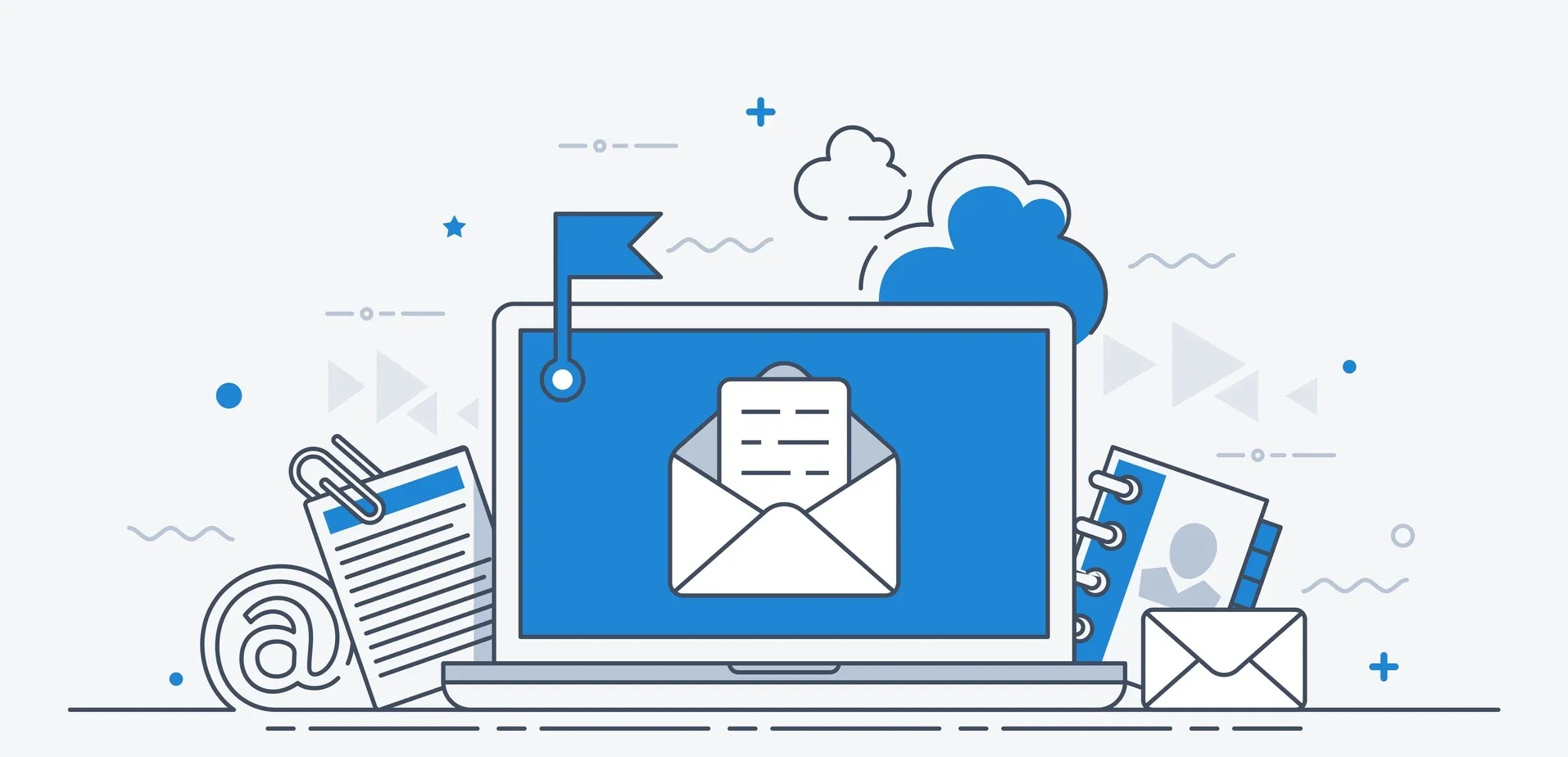
Understand Email Open Rates
Before diving into best practices, it's essential to grasp what email open rates represent. An open rate is a metric that indicates the percentage of recipients who opened an email out of the total number of emails sent, excluding bounces.
This metric is crucial for assessing the initial engagement level of your email campaigns.
Best Practices
1. Use Segmentation to Increase Relevance
- Segment Your Audience: Break down your email list into smaller segments based on demographics, past purchase behavior, or engagement levels.
- Segmentation allows for more personalized and relevant email content. Tailoring content can significantly increase open rates.
- Campaigns that use segmentation see as much as a 760% increase in revenue, according to a study by Campaign Monitor.
2. Optimize Your Subject Lines
- Test Different Subject Lines: Use A/B testing to experiment with different subject lines to see what resonates best with your audience.
- Subject lines are the first impression of your email. Personalized subject lines are 22% more likely to be opened.
- Testing different versions can reveal what style (e.g., humorous, direct, question-based) your audience prefers.
3. Send Emails at the Right Time
- Timing Matters: Identify when your audience is most likely to check their email and schedule your sends accordingly.
- Emails sent on Tuesday mornings, for example, tend to have higher open rates. However, the optimal time can vary by audience.
- Use your email platform's analytics to track and identify the best send times for your specific audience.
4. Ensure Mobile Optimization
- Mobile-Friendly Design: Ensure that your emails are readable and engaging on mobile devices.
- With over 60% of email opens occurring on mobile devices, a mobile-unfriendly email can significantly hurt your open rates.
- Simple, responsive design templates ensure your emails look good on any screen size.
5. Maintain a Clean Email List
- Regularly Clean Your List: Remove inactive subscribers and incorrect email addresses.
- A clean email list ensures higher deliverability and more accurate open rate metrics. Removing subscribers who haven't engaged in over six months can improve engagement metrics across the board.
6. Pay Attention to Privacy Regulations
- Comply With Regulations: Ensure your email practices comply with GDPR, CAN-SPAM, and other relevant privacy laws.
- Legal compliance not only avoids penalties but also builds trust with your audience. Being transparent about how you track opens and providing clear opt-out options can improve your brand's reputation and potentially increase open rates.
Choosing the Right Email Tracking Software and Email Tracking Tools

Choosing the right email tracking software and tools is important for optimizing your email marketing campaigns and improving engagement with your audience.
The market offers a wide array of options, each with its own set of features, making it crucial to select one that aligns with your business needs and goals.
Key Features of Email Tracking Software
The right email tracking solution can transform your email marketing efforts. Here are key features to look for:
- Real-Time Notifications: Receive instant alerts when emails are opened or links are clicked, allowing for timely follow-ups.
- Detailed Analytics: Access to comprehensive insights such as open rates, click rates, and engagement times helps refine your strategies.
- CRM Integration: Seamless integration with your existing Customer Relationship Management (CRM) system streamlines workflows and enhances data accuracy.
- User-Friendly Interface: A straightforward dashboard ensures ease of use for all team members, regardless of their technical expertise.
Choosing the Right Tool: Factors to Consider
Making an informed decision requires evaluating several critical aspects:
- Business Requirements: The size of your business and specific needs should guide your choice. For instance, startups may prioritize cost-effectiveness, while larger enterprises might need more advanced analytics.
- Budget Constraints: Determine your budget early in the process. Many tools offer basic tracking features for free, but advanced features may require a subscription.
- Trial and Error: Utilize free trials to test the software's compatibility with your existing systems and its ease of use.
Top 5 Picks for Email Tracking Software
Several email tracking tools stand out for their robust features and user satisfaction:
1. Mailchimp
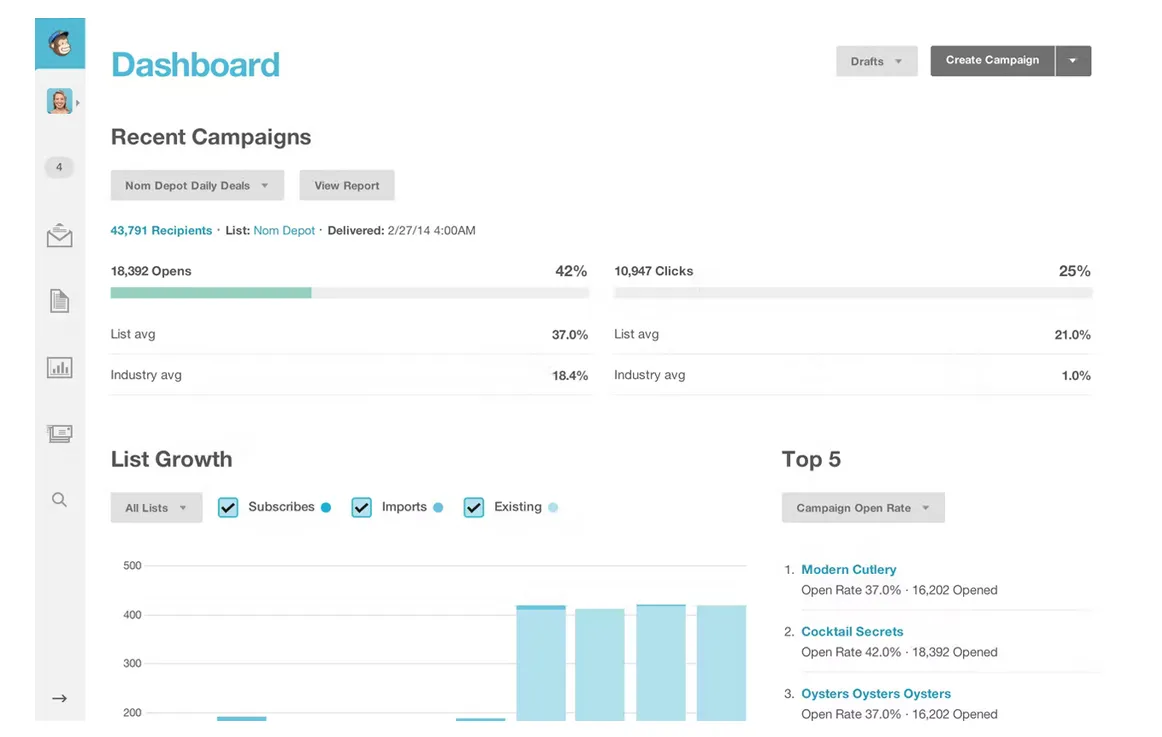
Ideal for small to medium-sized businesses, offering comprehensive email marketing features alongside open and click tracking. Mailchimp also offers unlimited tracking of emails
2. HubSpot Sales Hub

Provides extensive email tracking and CRM integration, suitable for businesses of all sizes looking for an all-in-one sales and marketing solution.
3. Yesware
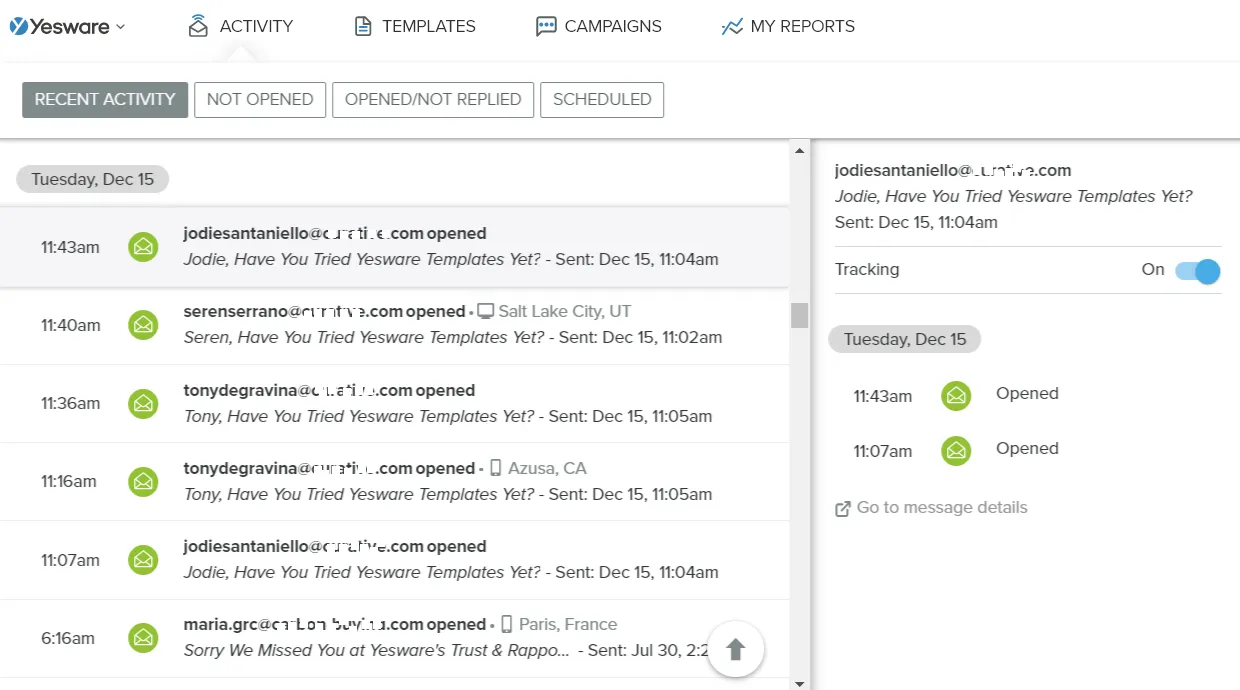
A great option for sales teams, offering email tracking, templates, and analytics directly within Gmail and Outlook.
4. Mixmax
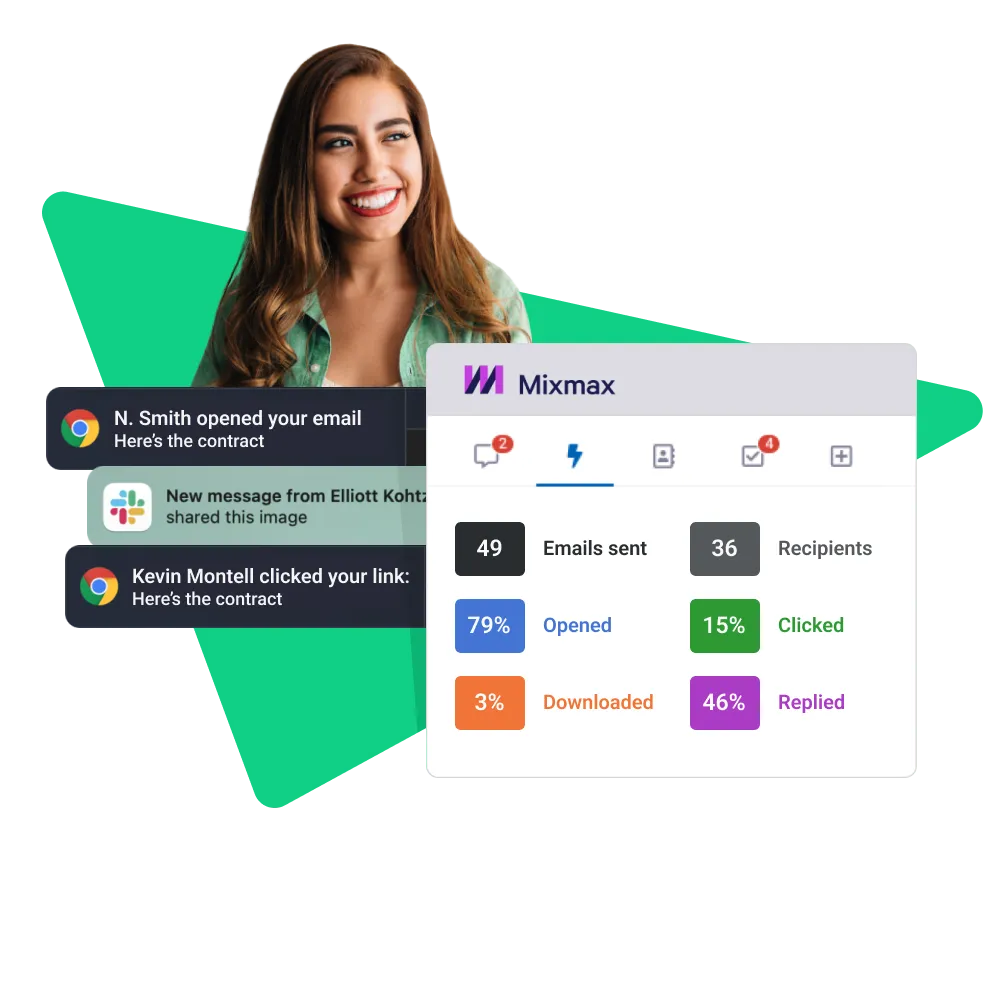
Offers unique features such as email scheduling, sequence automation, and detailed engagement insights, making it a favorite among sales professionals. Also offers unlimited email tracking
How to Analyze Open Tracking Results for Strategic Insights

Open tracking, by monitoring when and how often an email is opened, provides a wealth of data. Here’s how to analyze these results effectively
Step 1: Aggregate Open Tracking Data
Begin by collecting open tracking data from your email marketing platform or software. This data typically includes open rates, times, and frequencies.
- Compile Data: Gather open rates across different campaigns to identify patterns or trends.
- Consider Timing: Analyze the times emails are opened to determine the most effective send times.
Step 2: Benchmark Against Industry Standards
Comparing your open rates to industry benchmarks can provide context for your results, helping you understand where your campaigns stand relative to others.
- Find Reliable Benchmarks: Use industry reports or data from your email marketing platform to find average open rates in your sector.
- Set Realistic Goals: Based on these benchmarks, set achievable goals for your campaigns.
Step 3: Segment and Drill Down
Not all subscribers are the same, and segmenting your data can reveal more nuanced insights.
- By Demographics: Look at open rates across different demographic segments to tailor content more effectively.
- By Behavior: Segment by past engagement behavior, such as frequent openers, to customize follow-up strategies.
Step 4: Analyze Engagement Over Time
Understanding how engagement changes over time can help you identify whether your content remains relevant to your audience.
- Trend Analysis: Look for increases or decreases in open rates over time to gauge content fatigue or increased interest.
- Lifecycle Stages: Consider where each segment is in the customer lifecycle, adjusting your strategy to maintain or boost engagement.
Step 5: Correlate Open Rates with Other Metrics
Open rates should not be analyzed in isolation. Correlating them with other metrics can provide deeper insights.
- Click-Through Rates (CTR): Compare open rates with CTR to evaluate the effectiveness of your email content and calls to action.
- Conversion Rates: Analyze how email opens correlate with desired actions, such as purchases or sign-ups, to understand the impact on your bottom line.
Step 6: Test and Iterate
Use your insights to test different approaches and continuously improve your email campaigns.
- A/B Testing: Experiment with different subject lines, content formats, and sending times to see what impacts open rates.
- Feedback Loops: Incorporate subscriber feedback to refine your approach based on direct input from your audience.
How to Write Emails with Open Tracking in Mind
Writing emails with open tracking in mind is a strategic approach that enhances the effectiveness of your email marketing process.
By considering how each element of your email can impact open rates, you ensure that your tracked emails provide valuable insights into recipient behavior.
Here’s a guide to crafting emails that are optimized for open tracking, integrating essential keywords naturally.
1. Understand Your Audience
Begin by leveraging insights from your mail track company or email marketing platform. Analyzing past open rates and engagement can inform you about your audience's preferences and behaviors.
This understanding is the foundation upon which to build your targeted email content.
2. Craft Compelling Subject Lines
The subject line is the first impression of your email. Make it engaging and relevant to encourage opens. Use data from your tracked emails to understand which types of subject lines have historically performed well, and tailor your approach accordingly.
3. Personalize Your Emails
Personalization goes beyond addressing the recipient by name. Segment your email list and tailor content based on recipient interests, past interactions, and behaviors noted through your tracking work.
Personalized emails are more likely to be opened and engaged with because they resonate with the recipient’s specific needs and interests.
4. Optimize Email Content
Keep the content concise, engaging, and valuable. Include clear calls to action (CTAs) and use link tracking to monitor which content pieces are driving engagement.
This not only helps in measuring the effectiveness of your content but also in understanding what motivates your audience to take action.
Why Your Open Rates Might Seem Low and How to Improve Them

When analyzing the performance of your email marketing campaigns, discovering that your open rates seem low can be disheartening. This issue can often be attributed to several factors related to how your email marketing process is structured, the tools you use (such as a mail track company), and the practices you follow.
Understanding these factors and knowing how to address them is crucial for improving your open rates.
1. Email Deliverability Issues
Low open rates can sometimes be a sign of deliverability problems, meaning your tracked emails might not even be reaching the inbox.
- Solution: Maintain a clean mailing list, obtain consent before sending emails, and avoid spammy content. Regularly review your engagement metrics and remove inactive subscribers to keep your list healthy.
2. Lack of Personalization
If your email marketing process doesn't include personalization strategies, recipients may not feel compelled to open your emails.
- Solution: Use the data collected by your mail track company to segment your audience and tailor your messages to meet their interests and needs. Personalization goes beyond just using the recipient's name; it involves delivering content that resonates with their preferences and behaviors.
3. Ineffective Subject Lines
The first thing recipients see is the subject line. If it doesn’t grab their attention, your open rates will suffer.
- Solution: Craft compelling, clear, and concise subject lines. A/B testing can be a powerful tool here, allowing you to send two variations of your email to small segments of your list to see which subject line performs better before sending the winning version to the rest of your list.
4. Poor Timing
The timing of your emails plays a significant role in open rates. If you’re sending emails when your audience is least likely to engage, you’re missing out on potential opens.
- Solution: Utilize the tracking work provided by your email analytics to identify the best times to send your emails. Look for patterns in your data to see when your audience is most active and schedule your emails accordingly.
5. Overlooking Mobile Optimization
With the increasing use of smartphones to check emails, not optimizing for mobile can negatively impact your open rates.
- Solution: Design your emails with mobile users in mind. Ensure that your emails are responsive, with readable fonts and easily clickable links. Remember, a significant portion of link tracking activity occurs on mobile devices, so mobile-friendly design is non-negotiable.
6. Not Using Link Tracking Effectively
Link tracking can provide insights beyond just who clicked on what link. It can inform you about the overall engagement within your emails.
- Solution: Analyze the data from link tracking to understand which types of content and which calls to action are most effective with your audience. Use this information to adjust your content strategy and make your emails more engaging.
Concluding Thoughts
Open tracking is a key tool for marketers to see how well their emails are doing. It involves a small, hidden image in emails that tells marketers when an email is opened. This information is crucial for understanding which emails work and which don't, allowing for better-targeted messages and improved email content.
Using open tracking, marketers can send emails that match what their audience likes, find the best time to send emails to increase open rates, and make emails more relevant to the reader's interests. It's also about making sure the approach to tracking is honest and respects the privacy of the email recipient. Marketers need to be clear about tracking and give people a choice about it.
In short, open tracking helps make email campaigns smarter and more connected to what the audience cares about. But it's important to use it in a way that's transparent and respects people's choices. This makes open tracking not just a tool for better marketing, but also a way to build trust with your audience.




.jpg)

.jpg)
